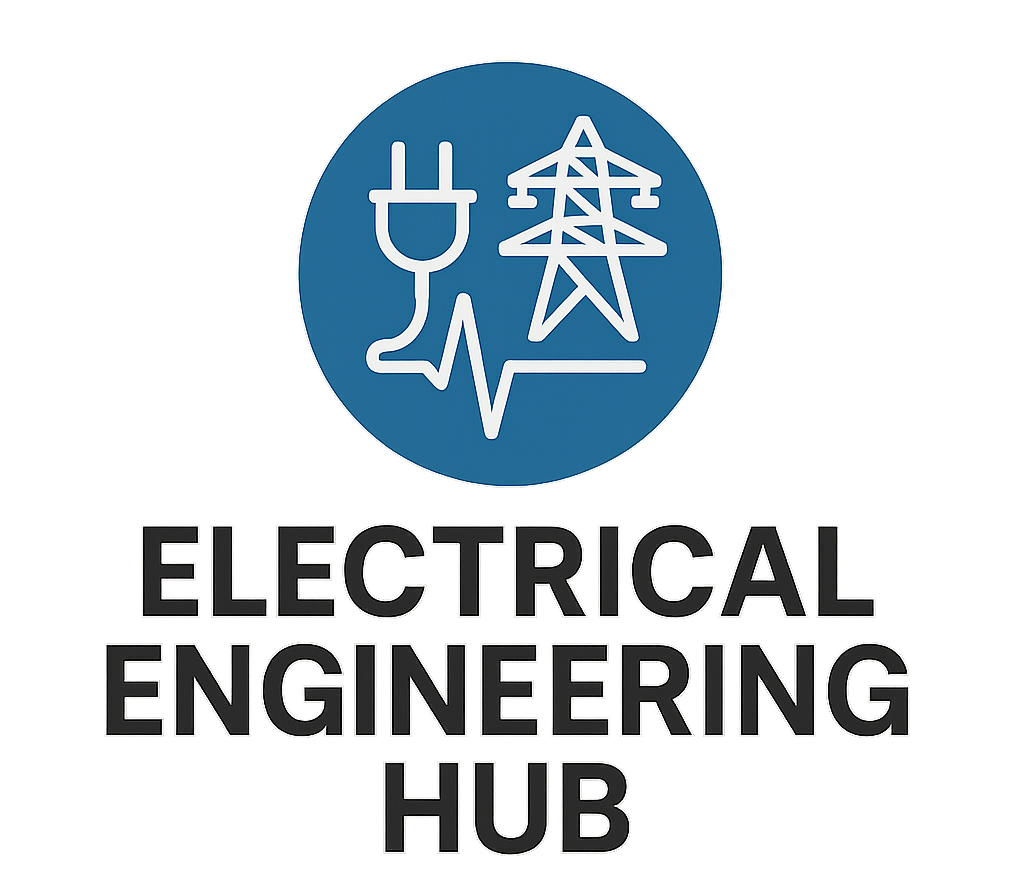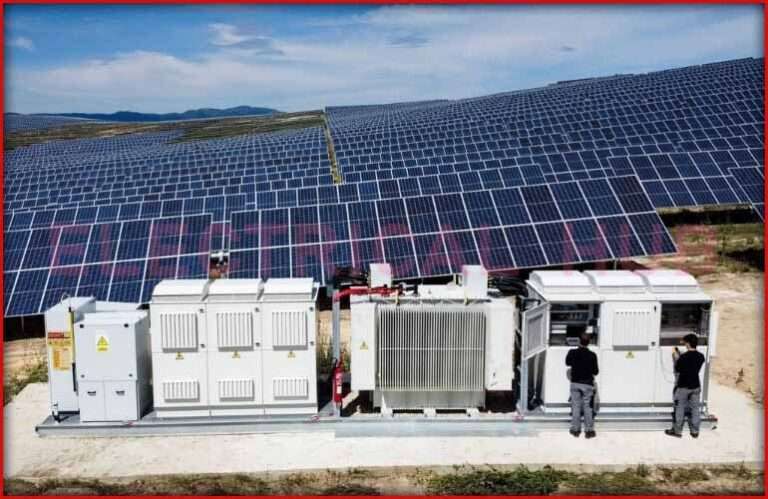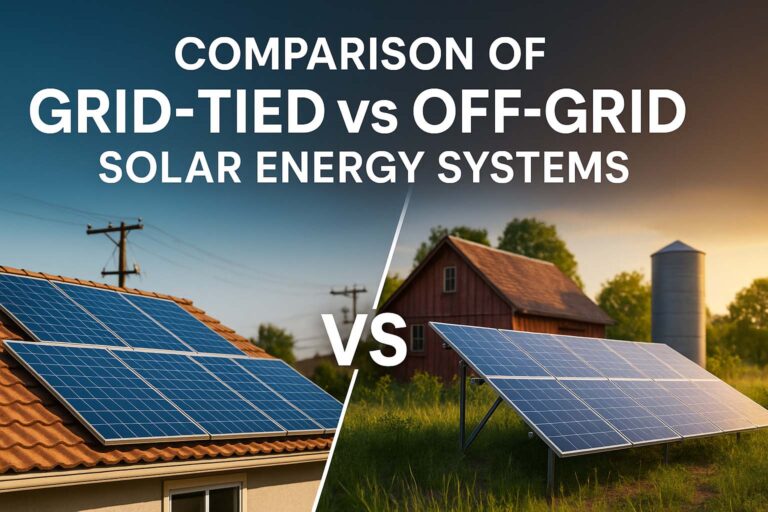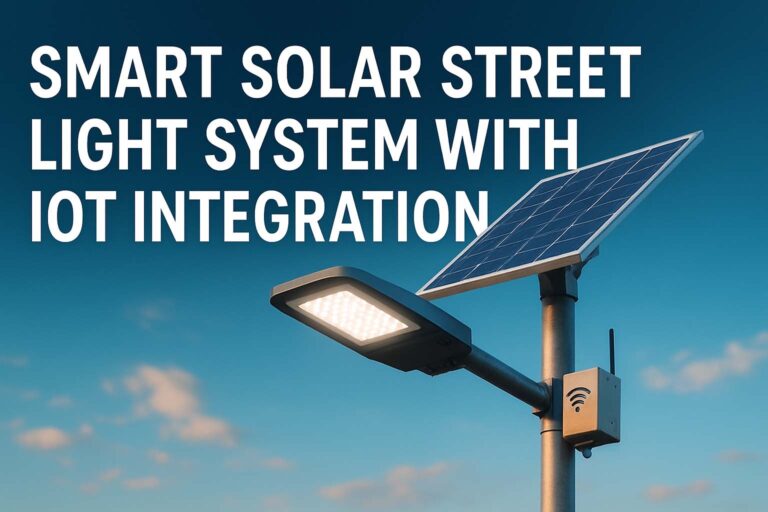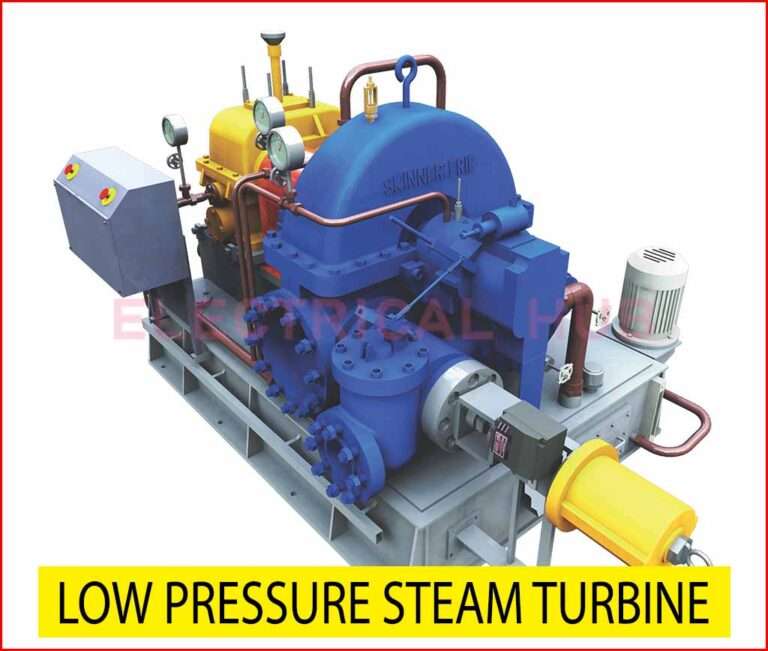DC Microgrids for Commercial Buildings: Benefits & Design
Modern commercial buildings require energy systems that are reliable, efficient, and sustainable. With the rise of renewable energy, electric vehicles, and energy storage, DC microgrids have emerged as a practical solution for future-ready infrastructure. Unlike traditional AC systems, DC microgrids operate on direct current, which aligns with the needs of most modern electrical loads such as LED lighting, HVAC systems, and IT equipment.
Table of Contents
Table of Contents
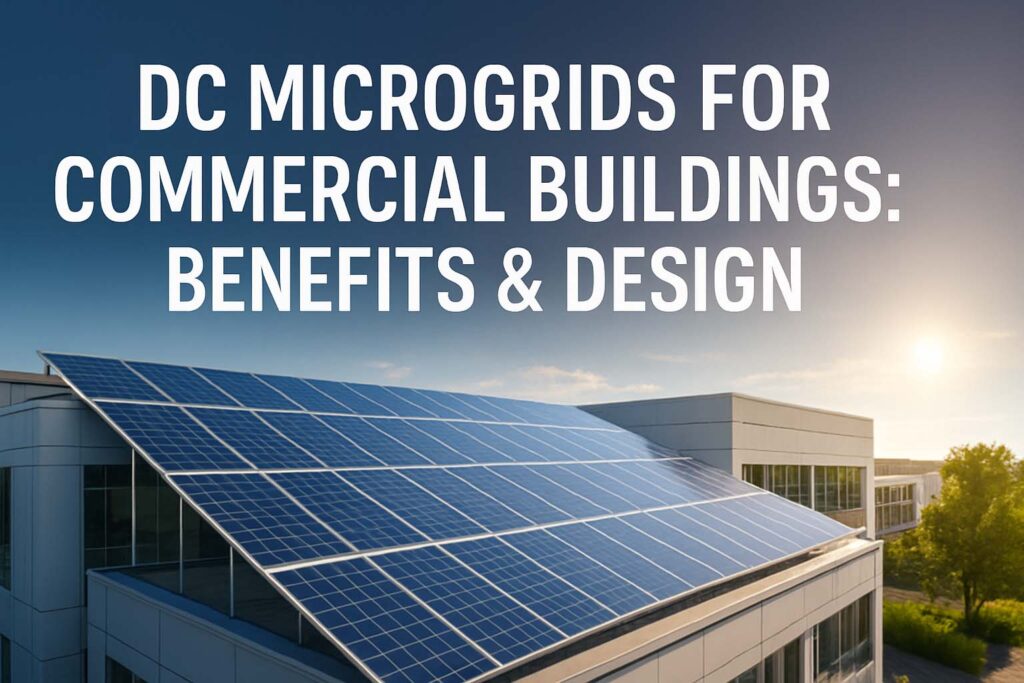
In commercial facilities, adopting DC microgrids can significantly improve energy efficiency while reducing operational costs. These systems allow businesses to integrate distributed energy resources (DERs) like solar PV, batteries, and fuel cells seamlessly. This makes them a perfect fit for companies focusing on decarbonization and energy resilience.
Before we explore the design aspects and benefits, it’s important to understand why DC microgrids matter in today’s energy transition. Businesses face rising electricity prices, grid instability, and stricter carbon emission targets. DC microgrids provide a strategic advantage by reducing conversion losses, supporting renewable integration, and enhancing system reliability.
Key Takeaways
- DC microgrids for commercial buildings improve energy efficiency by reducing AC-DC conversion losses.
- They enhance resilience by enabling seamless integration of solar panels and battery storage.
- A well-designed DC microgrid can cut energy costs, reduce carbon footprint, and improve power quality.
- DC systems are ideal for powering IT infrastructure, data centers, and EV charging networks within commercial spaces.
Use our online tool Wire Size Calculator for Solar Panels
Why DC Microgrids for Commercial Buildings?
DC microgrids are gaining popularity because many end-use loads and renewable energy sources inherently operate on direct current. Solar panels, batteries, LED lighting, and electronics are all DC-based. In a traditional AC distribution system, these resources require multiple conversion stages, increasing energy losses.
In commercial buildings, energy efficiency is critical to reducing operating costs. By adopting a DC microgrid, businesses can reduce conversion losses by up to 10–15%. This translates into significant cost savings, especially in large facilities with extensive IT infrastructure.
Know more about commercial ev charger installation cost uk
Moreover, DC microgrids simplify the integration of renewable energy. Photovoltaic systems generate DC power, which can be fed directly into the DC network without inversion. Similarly, energy storage systems like lithium-ion batteries store energy in DC form, eliminating unnecessary conversion steps.
Another advantage is system resilience. DC microgrids can operate in islanded mode during grid outages, ensuring uninterrupted power supply to critical loads. For businesses, this means avoiding downtime and maintaining operations even during emergencies.
Benefits of DC Microgrids for Commercial Buildings
1. Higher Energy Efficiency
Traditional AC systems require multiple conversions: AC to DC for electronics, and DC to AC for generation sources like solar PV. Each conversion stage introduces losses, typically around 3–5%. In large buildings, these losses add up. A DC microgrid eliminates these inefficiencies by delivering power in its native form.
Know more about microgrid and smart grid
2. Reduced Operational Costs
By improving efficiency and minimizing energy losses, businesses can lower electricity bills. Additionally, DC microgrids reduce maintenance costs because fewer components are involved compared to AC systems.
3. Seamless Renewable Integration
Solar panels generate DC power, and batteries store DC power. A DC microgrid allows direct connection of these components, eliminating the need for inverters and converters. This reduces equipment costs and enhances overall reliability.
4. Enhanced Power Quality
DC systems are less prone to harmonic distortion and reactive power issues that commonly affect AC systems. This leads to more stable power supply for sensitive equipment like servers, HVAC systems, and industrial controls.
Know more about Floating Solar Panel Systems Design & Cost Analysis
5. Improved Resilience and Reliability
During grid disturbances or blackouts, a DC microgrid can operate independently in island mode. This is particularly important for businesses that rely on continuous operations such as hospitals, data centers, and financial institutions.
6. Future-Ready Infrastructure
With the rise of electric vehicles (EVs) and DC fast-charging stations, commercial buildings need infrastructure that can handle high DC loads efficiently. DC microgrids provide this capability without additional complexity.
Know more about Vehicle to Grid Technology in Smart Cities
Design Considerations for DC Microgrids in Commercial Buildings
Designing an efficient DC microgrid requires careful planning. The main components include DC buses, distributed energy resources, energy storage systems, and power electronics for interfacing with the AC grid when necessary.
System Architecture
A typical DC microgrid for a commercial building consists of:
- DC Distribution Bus: The backbone of the system where all DC sources and loads connect.
- Energy Sources: Solar PV, fuel cells, and rectified grid input.
- Energy Storage: Lithium-ion batteries for peak shaving and backup.
- Power Converters: DC/DC converters for voltage regulation and interfacing between sources and loads.
- Control System: For monitoring, optimization, and protection of the network.
Voltage Level Selection
Choosing the right DC voltage is critical. Common voltage levels for commercial buildings include 380V DC for main distribution and 48V DC for low-power loads. Higher voltages reduce current and cable losses, making them ideal for large buildings.
Load Analysis
Loads in commercial buildings vary from lighting and HVAC systems to IT infrastructure and EV chargers. Identifying the proportion of DC-compatible loads helps determine the feasibility and scale of the DC microgrid.
Know more about Off-Grid Solar System Design Guide for Remote Areas
Integration with AC Grid
Even with a DC microgrid, most buildings still require AC power for legacy systems. Hybrid AC/DC architectures allow flexibility and gradual transition. This is achieved using bidirectional converters that connect the DC bus to the AC grid.
Safety and Standards
Unlike AC systems, DC fault management is more complex due to the absence of natural zero crossing. Protection devices like DC circuit breakers, arc fault detection systems, and isolation switches are essential for safety. Compliance with IEC and IEEE standards ensures reliability and regulatory acceptance.
Cost Analysis of DC Microgrids for Commercial Buildings
The cost of implementing a DC microgrid varies depending on building size, energy profile, and integration complexity. However, the long-term savings from reduced energy losses and improved efficiency often justify the investment.
| Component | Cost Contribution (%) |
|---|---|
| Solar PV Integration | 30% |
| Energy Storage | 25% |
| Power Electronics | 20% |
| Distribution Wiring | 15% |
| Control & Monitoring | 10% |
While initial investment is higher than traditional AC systems, operational savings and potential incentives for renewable integration make DC microgrids financially viable in the long run.
Know more about MPPT vs PWM Charge Controller: Which One is Better?
Real-World Applications of DC Microgrids in Commercial Buildings
Data Centers
Data centers primarily use DC power for servers and networking equipment. Converting from AC to DC adds unnecessary complexity and energy loss. A DC microgrid simplifies the power distribution and improves efficiency by up to 10%.
Corporate Campuses
Large office complexes with solar rooftops and EV charging stations can leverage DC microgrids to manage distributed energy resources efficiently.
Healthcare Facilities
Hospitals require uninterrupted power. DC microgrids ensure reliable power supply during outages and reduce dependency on diesel generators.
Retail and Shopping Malls
With growing EV charging demand and energy-intensive cooling systems, malls can benefit from DC microgrids to lower costs and enhance sustainability.
Know more about EV Charger Installation Cost UK
Challenges in Implementing DC Microgrids for Commercial Buildings
Despite the benefits, DC microgrids face challenges such as high upfront costs, lack of standardized designs, and limited awareness among stakeholders. Additionally, designing protective systems for DC faults requires specialized expertise.
However, technological advancements and falling costs of power electronics and energy storage are making DC microgrids more attractive. Many pilot projects worldwide demonstrate the practicality and cost-effectiveness of these systems.
Know more about Battery Energy Storage System Design and ROI
Future Trends in DC Microgrids
As renewable energy and EV adoption accelerate, the role of DC microgrids will expand. Emerging technologies like solid-state transformers, advanced energy storage, and smart grid controls will further improve system performance and reduce costs. Government policies supporting decarbonization and energy efficiency will also drive adoption in commercial sectors.
Conclusion
DC microgrids for commercial buildings represent a future-ready solution for energy management. They improve efficiency, enhance reliability, and support the integration of renewables and EV infrastructure. While challenges exist, the benefits in terms of cost savings, sustainability, and resilience make them a strategic investment for modern businesses.
Follow Us on Social:
Subscribe our Newsletter on Electrical Insights for latest updates from Electrical Engineering Hub
#DCMicrogrids, #CommercialBuildings, #MicrogridDesign, #SmartEnergy, #EnergyEfficiency, #RenewableEnergy, #BuildingElectrification, #GreenBuildings, #EnergyManagement, #SustainableDesign, #SolarPowerIntegration, #CleanEnergySolutions, #DCPowerSystems, #SmartBuildingTechnology, #EnergyInnovation
